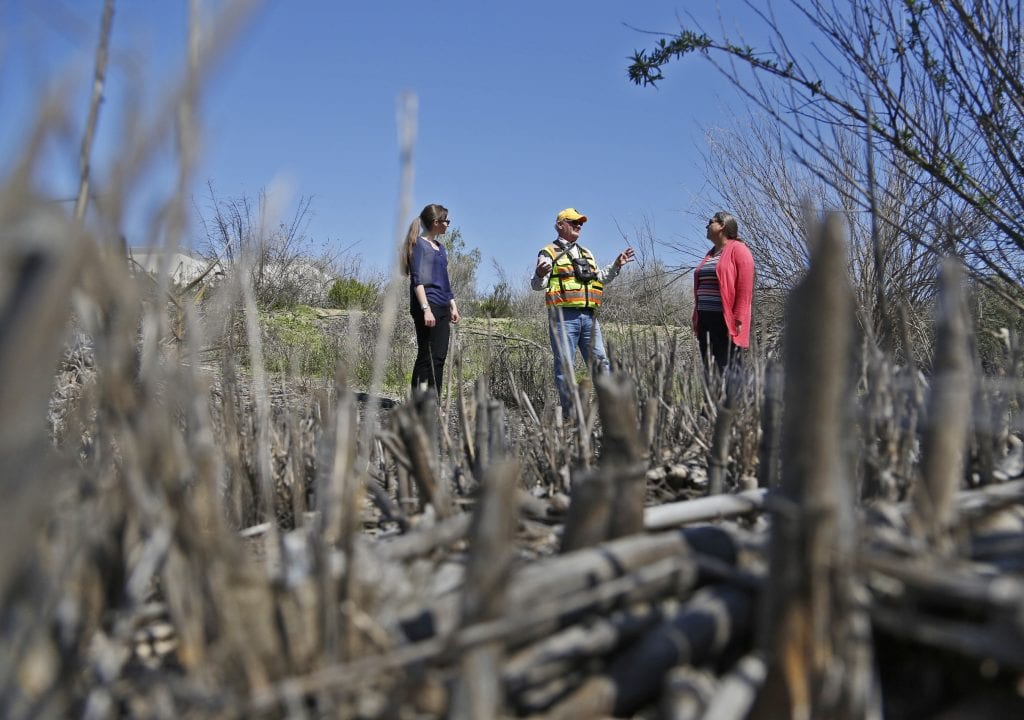Noah shouldn’t need his ark in this town.
Daily maintenance in preparation for winter storms proved effective across Santa Clarita and Los Angeles County as a whole when heavy rains threatened to flood riverbeds.
Regular cleanup, specifically in summer and fall, prevented excess water from becoming a problem during storm season.
“Because of that hard work that so many people did, we had relatively few issues,” Santa Clarita Sustainability Planner Heather Merenda said.
The storm water crew in the valley ensures areas are cleared and drained well to make room for more rain water.
An invasive plant removal program is in place to rid riverbeds of nonnative plants such as Arundo Donax, which grows quickly and prevents water from running through it.

“We do all that work, and when the day comes when there’s a lot of rain, our folks are there 24 hours a day to make sure if there’s a problem, they’re there to help,” Merenda said.
In addition to daily cleanup, teams are sent across the valley to perform intensive cleanups at areas anticipated to be problematic the following year.
The Santa Clarita team went on its first outing of the year to manage the growth of unwanted plants on Wednesday and is anticipated to go about four times total throughout 2017, though it may differ depending on how cold and dry the climate is.

Teams also ensure the ecosystem is healthy in order to allow native plants to thrive and maintain enough rain for drinking water and preventing flooding or fire hazards.
Additionally, citizens of L.A. County pay into the Flood Control District to conduct additional work and collaborate with local teams across 2,500 miles and 85 cities.
Preparation for large storms is a concern county wide every year, necessitating L.A. County Public Works to manage incidents well on an ongoing basis, according to Deputy Director Gary Hildebrand.
Utilizing resources is the difference between an effective and ineffective program, and as Hildebrand said, the county maintains their resources well.
“For us, we go into every storm season with our system fully ready and capable to handle the storms we’re expected to foresee,” Hildebrand said. “We pride ourselves on a system that we very regularly, rigidly operate and maintain. We have been able to fortunately devote the resources to be able to do that.”
[email protected]
661-287-5525
On Twitter as @ginaender








